- Catherine

John Doe
Answered on 2:57 am
UFM Telemetry is the basic layer, which can provide network validation tools, monitor network performance and status, capture and transmit real-time network telemetry information, application load usage, and system configuration, for further analysis in local or cloud databases.
UFM Enterprise is the intermediate layer, which adds enhanced network monitoring and management functions on top of UFM Telemetry. It can perform automatic network discovery and configuration, traffic monitoring, and congestion detection, as well as integration with mainstream job schedulers and cloud and cluster managers (such as Slurm and Platform LSF).
UFM Cyber-AI is the highest layer, which adds preventive maintenance and network security functions on top of UFM Telemetry and UFM Enterprise. It uses deep learning algorithms to learn the data center’s “heartbeat”, operation modes, status, usage, and workload network characteristics. It can build an enhanced telemetry information database and discover correlations between events. It can detect performance degradation, usage, and configuration changes, and provide alerts for abnormal system and application behavior and potential system failures.
People Also Ask
Related Articles

800G SR8 and 400G SR4 Optical Transceiver Modules Compatibility and Interconnection Test Report
Version Change Log Writer V0 Sample Test Cassie Test Purpose Test Objects:800G OSFP SR8/400G OSFP SR4/400G Q112 SR4. By conducting corresponding tests, the test parameters meet the relevant industry standards,
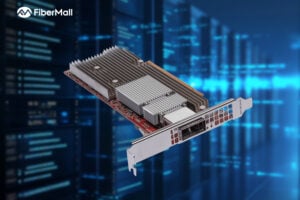
Broadcom Launches the Industry’s First 800G AI Ethernet NIC: Thor Ultra, Fully Compliant with UEC Standards
In a groundbreaking move for AI networking, Broadcom has unveiled the Thor Ultra, the industry’s first 800G AI Ethernet network interface card (NIC) chip that fully complies with the Ultra

Essential Fiber Cleaners and Tools from FiberMall: Your Complete Guide to Maintaining High-Performance Networks
In the fast-paced world of data centers, cloud computing, enterprise networks, and telecommunications, reliable fiber optic connections are the backbone of seamless data transmission. However, even the most advanced fiber
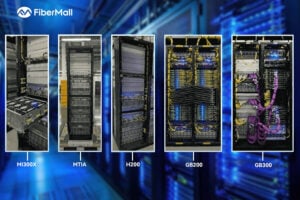
Meta’s GB300 Liquid-Cooled AI Server: Clemente (1U 4xGPU) – Revolutionizing AI Infrastructure
In the fast-evolving world of AI data centers, liquid-cooled servers are the backbone of high-performance computing. If you’re exploring cutting-edge solutions for cloud computing, enterprise networks, or AI-enabled environments, Meta’s
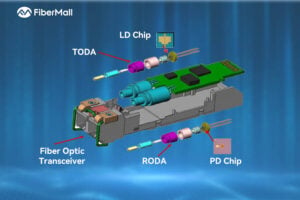
Optical Modules and PCBs: Driving High-Speed Data Transmission in the AI Era
In the fast-paced world of data communication, the demand for efficient, high-bandwidth solutions has never been greater. As AI-driven applications and massive data processing push the boundaries of network performance,
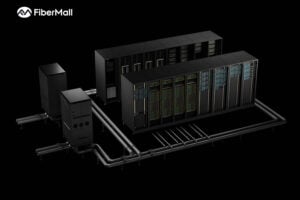
Hotchip 2025 Day 0 Tutorials: Essential Insights on AI Workloads, Rack Architectures, and Custom GB200 Solutions
In the ever-evolving world of AI and data center technologies, Hotchip 2025 kicked off with an enriching Day 0 Tutorials lineup. As a staple event in the industry, this year’s
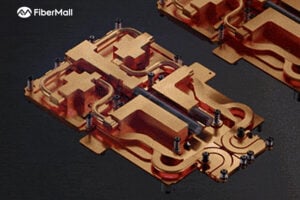
Deep Dive into NVIDIA GB200 Liquid Cooling Plate Design: Advanced Liquid Cooling for AI Chips
Next-generation AI chips like NVIDIA’s GB200 are pushing the boundaries of performance. But this immense power comes at a cost: staggering heat generation. A single GB200 chip package consumes up
Related posts:
- Can the Same Module on the NDR Switch Plug an NDR Cable into One Port and an NDR 200 Splitter Cable into Another Port?
- Any Difference in the Number of Nodes Managed by the Subnet Manager for Switch, OFED, and UFM?
- Is the Module on the OSFP NIC flat or Riding Heatsink?
- What is the Recommended Size of the Cluster to Use UFM?
